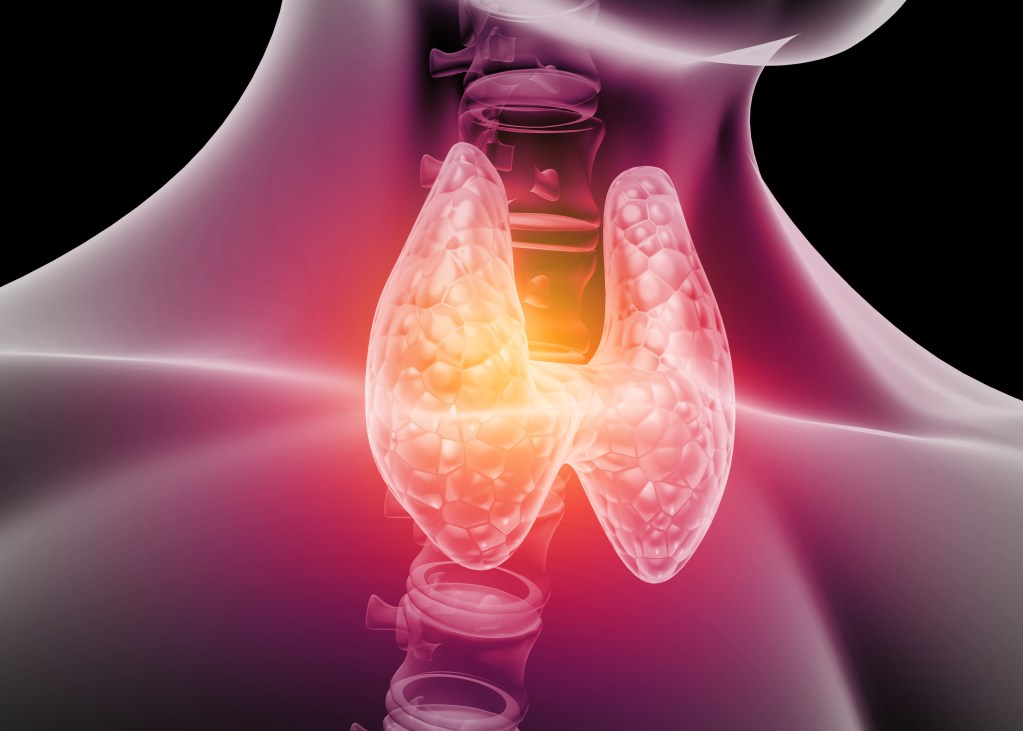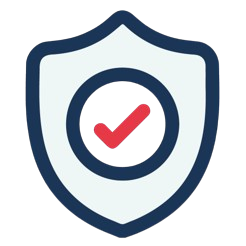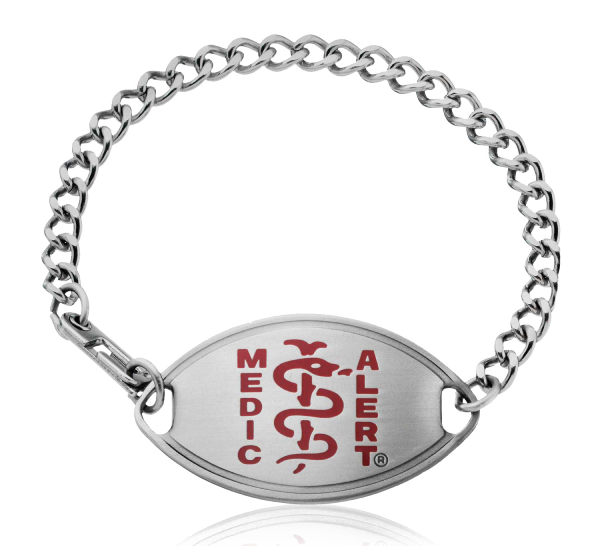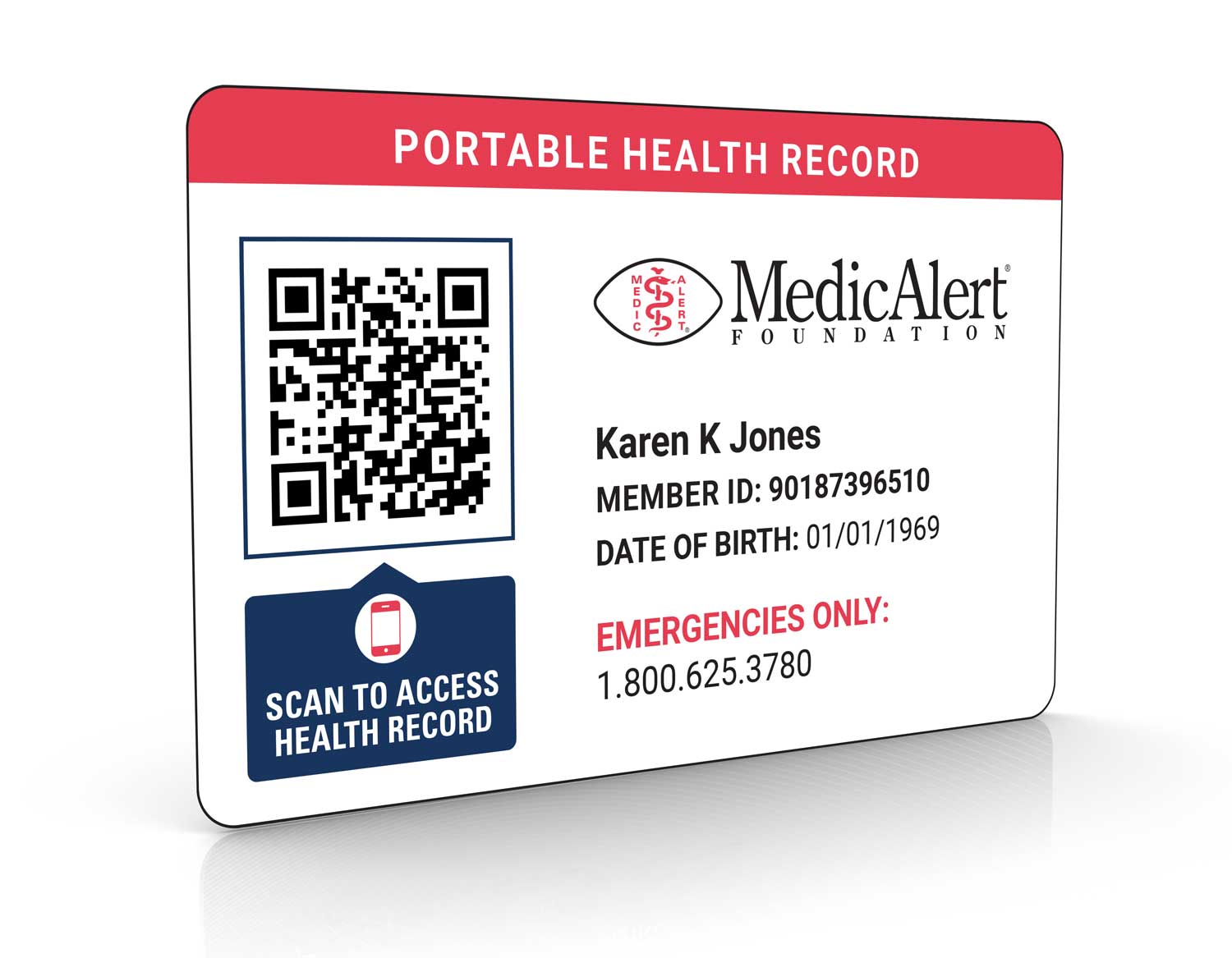
5 Simple Steps for Performing Regular Thyroid Check Self-Exams
According to the American Association of Clinical Endocrinologists (AACE), more than 30 million people will develop some form of thyroid disorder in their lifetime. And up to 60% of those folks are unaware they even have a thyroid condition.
But ensuring your thyroid gland is healthy and functioning properly is vital to your overall well-being. Your thyroid makes hormones that help control many vital functions of your body.
A lot of people mistake thyroid disease for other problems because the symptoms are similar to those of many other conditions. Some of the most common signs are fatigue or trouble sleeping, fast or irregular heartbeat, unexplained weight changes, and joint or muscle pain or weakness. Although women are 5 times more likely to be diagnosed than men, thyroid disease can affect anyone, at any age.
Why is the thyroid gland important?
The thyroid gland is a butterfly-shaped organ located in the base of your neck, just below the Adam’s apple. Despite its small size, it plays a huge role influencing the function of many of your most important organs, including the heart, brain, liver, kidneys and skin. It aids in regulating fundamental body functions such as:
Heart Rate
Muscle Strength
Breathing
Metabolism & Weight
Nervous System
Cholesterol
Body Temp
Menstrual Cycle
Common Thyroid Problems
Hypothyroidism is the most common type of thyroid disorder. With hypothyroidism your thyroid gland does not produce enough hormones. This slows down your metabolism and causes other systemic problems. In the U.S., hypothyroidism affects about 4.5% of people over 12 years old. While it’s usually mild, if left untreated it can lead to heart disease, impaired kidney function, nervous system complications, or infertility.
Hyperthyroidism is when your thyroid is overactive, producing too much hormone. It affects about 1% of women, and is often caused by Graves’ disease. If left untreated, it can lead to eye problems, pregnancy complications, osteoporosis, atrial fibrillation, or heart failure.
Thyroid Disease Risk Factors
You may be at a higher risk of developing thyroid disease if you:

- Have a family history of thyroid disease
- Are over 60 and/or female
- Have a pre-existing autoimmune disease such as Type 1 diabetes, lupus, rheumatoid arthritis, or primary adrenal insufficiency
- Had a recent pregnancy
- Have had radiation treatment to your head or neck
- Are a smoker
Performing a 5-step Thyroid Self Exam
The good news is that it’s easy to check for thyroid problems. Your doctor can perform a simple blood test to look for irregularities. And if you suspect thyroid problems, it’s pretty simple to perform your own thyroid neck check at home. AACE Thyroid Awareness provides an online step-by-step guide.
All you need is a mirror and a glass of water!
All thyroid disorders are treatable. If you have any concerns about your thyroid, perform the self-check and talk to your doctor.

1. With your face close to the mirror, focus on the lower front area of your neck, above the collarbones and below the voice box (larynx). Your thyroid gland is located in this area of your neck.
2. While focusing on this area in the mirror, tip your head back.
3. Take a drink of water and swallow.
4. As you swallow, look at your neck. Check for any bulges or protrusions in this area when you swallow.* You may want to repeat this process several times.
*Reminder: don’t confuse the Adam’s apple with the thyroid gland. The thyroid gland is located further down on your neck, closer to the collarbone.

5. If you see any bulges or protrusions in this area, consult your physician. You may have an enlarged thyroid gland or a thyroid nodule that should be checked to determine whether further evaluation is needed.
Live confidently with MedicAlert

MedicAlert Membership
24/7 Protection
MedicAlert Member Benefits
Enjoy life-saving benefits and store your comprehensive health history for emergency treatment.

Wearable Medical IDs
for Any Condition
Wearable MedicAlert IDs
A medical ID communicates vital medical information to first responders so you can receive the care you need.

QR Code IDs
Scannable Medical IDs
QR Code Digital IDs
Perfect for people with multiple conditions and complicated histories.